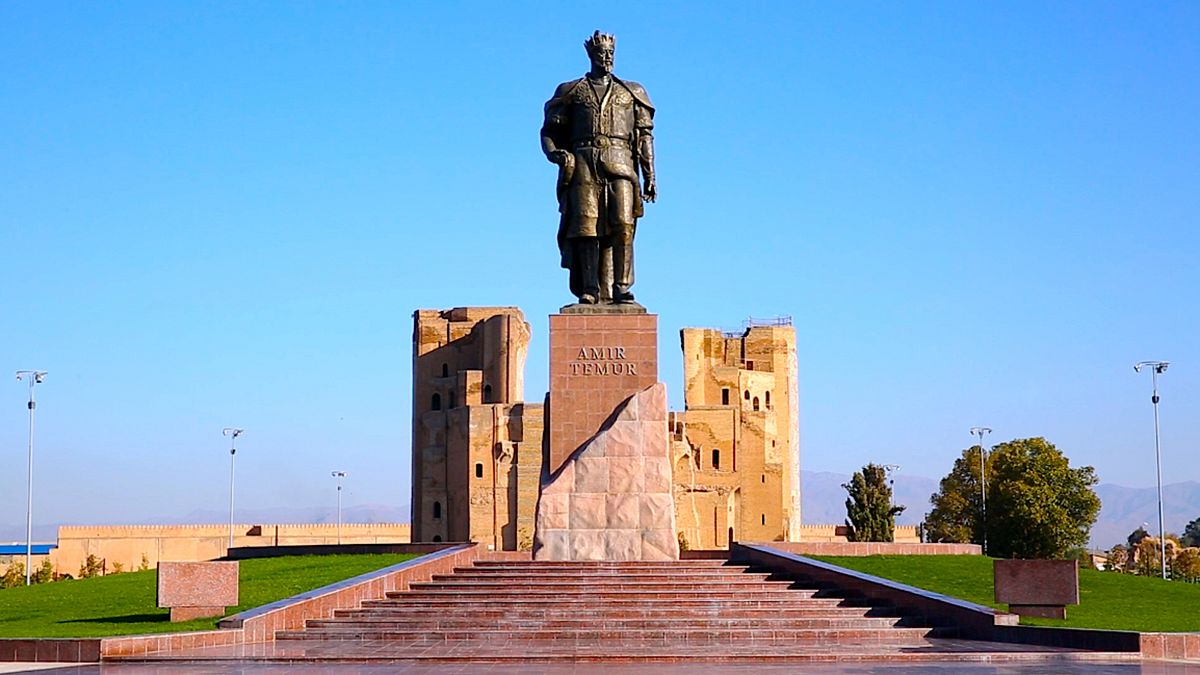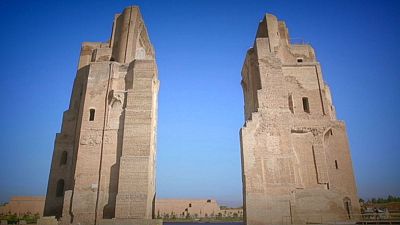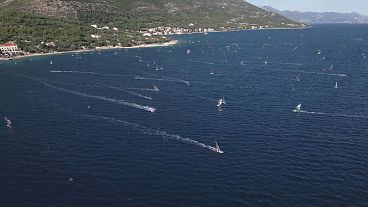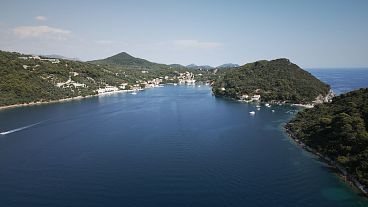When you arrive in Shakhrisabz in Uzbekistan’s southern Kashka-Darya region you understand immediately how important this place once was and why the old town was placed on the UNESCO World Heritage List.
Towering over the city are the ruins of Ak-Saray, or the White Palace, which was once the massive summer residence of the ancient ruler Temur in the city where he was born and raised.

Temur was born in April 1336 and died in 1405.
A giant statue of Temur stands proudly in the gardens in front of Ak-Saray, which has been the focus of painstaking preservation work.
The original art and decorations on the parts of the palace that remain standing are untouched and there has been a deliberate decision not to restore the mosaic tiles, for example, so the site maintains its authenticity.


The legacy of Temur is being kept alive in Shakhrisabz thanks to the major work being carried out around Ak-Saray.
Shakhrisabz, which has already celebrated its 2700th anniversary, means ‘green city’; there is certainly plenty of that everywhere you look, with orchards and vineyards.
And the new central park will also add to the green image.

It is amazing to think that Ak-Saray used to be the highest building in Central Asia and one of the highest in the world.
The main structure rose to 56 metres and the two towers were 72 metres high.
The building is testament to the ambition of Temur, who went on to rule over a vast empire.
Above the main entrance to Ak-Saray it is written: ‘If you doubt our power, just look at our buildings!’
There was even a fountain and a large pool on top of the palace, with water from nearby mountains, which would have been an architectural accomplishment of stunning proportions at the time.
The palace was built in the 14th century, but by the end of the 16th century it had been mostly destroyed.
A local artist and restoration achitect, Aziz Akhmedov Asatullaevich, has been working on a project to recreate what Ak-Saray used to look like.

Also, the palace has not finished revealing its beautiful secrets from the past.
Excavation work continues at the site, with new mosaics being uncovered.

As well as Ak-Saray, other monuments from the Temur era can be seen in the city’s southwestern district.
These include the Dorut-Syadot mausoleum where a son of Temur, Jahongir, is buried.
The complex Dorut-Tilavete, which houses two mausoleums and a mosque, is another beauty.
Visitors can also enjoy the covered market Chorsu and a domed bathhouse.
The traditional local arts and crafts, including embroidery, are also worth checking out.



